QUESTION OF THE DAY
HOW MUCH OF YOUR LEADERSHIP POTENTIAL DO YOU USE?
PROBABLY ONLY A FRACTION
Because even if you turn your leadership potential into skills, you still rarely use them
According to John P. Kotter, one of the keys to driving organizational success is more leadership. He observes that the leadership potential inside each of us tends to stay untapped and is not converted into skills that we can use. He goes on to argue that even if leadership skills are developed, oftentimes they are not used to lead.
Looking at the graphics above - how much of your leadership potential do you use?
Although they seem similar, there is a difference between management and leadership.
Management has more to do with the mechanics of the business (hiring, planning, supervising, etc.)
Leadership includes the human element (inspiring, motivating, communicating, and so on).
Management is often more mechanical (deadlines, tasks, etc.), while leadership deals with unique personalities, relationships, and encouragement. Neither management nor leadership, however, can get you to your destination (vision) on their own—you need to combine both in order to succeed.
Kotter sets the balance required for successful change and transformation at 75 to 80 percent leadership and 20 to 25 percent management.
In our experience, the most significant challenge and cause of failure is the separation of management from leadership.
The right balance of both management and leadership will unleash a large amount of physical, emotional, and intellectual energy. In fact, it could release up to 35 percent extra energy from within your teams, which can be put towards the constructive outcome of your transformation.
LEADERSHIP IS HARD NOT EASY
Our Solution is helping leaders keep employees engaged, motivated, and monitor their workload and utilization. You can proactively see if your team gets distracted, and protect them from disillusion and disengagement.
Success is never solely down to creative ideas or unique products or services. The difference between success and failure is actually down to the fundamentals of how you operationalize your business. Check our guide to the best operational and transformation practices, that people love.
THE SECRETS OF RUNNING BUSINESS WITH EASE
MORE TIPS?







